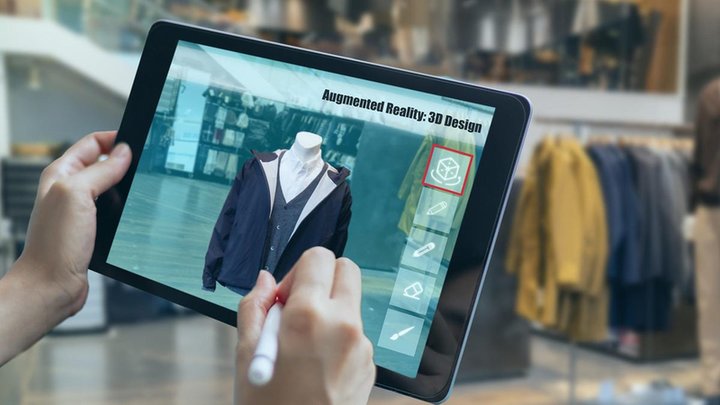
Phygital: The Future of Fashion Retail
Retailers have become accustomed to combining online and offline marketing approaches with a combo of e-commerce and brick-and mortar store sales created in the previous 20 years in the e-commerce and social media era. Nonetheless, in the next decade, the overlay of the virtual and physical worlds will evolve into an evident trend in the retail industry.
The overlay of the digital and physical worlds is an absolute answer brought by technological progress. The notable boost in computing power and the advancement of digital twin technology have enabled the digital and physical worlds to map each other, making the entire retail industry a diverse system:
Creating an effective phygital strategy will be essential to win and retain customers in the new retail landscape.
First, the nature of offerings will be different.
The fashion of design and manufacturing will alter.
What is the best way for retailers to get involved?
Brands are increasingly selling digital fashion designs on virtual platforms. The direction of the development of the virtual world will be progressively getting closer to the real world, as each virtual individual will be personified through different "props," virtual clothing is a more explicit way of illustrating the functionality and characteristics of any apparel compared to a physical piece.
In design, the virtual world makes it possible that everyone could become a designer. Each person in the virtual world can create their virtual shop, publish their design pieces, and even trade directly with other virtual individuals or barter to dress up their virtual natures.
Further possibilities could be found in manufacturing as virtual fashion can be produced directly by various identities; retailers can effortlessly understand consumer preferences and choices from the virtual world of style. And in turn, it's an opportunity to win the race from the beginning through the entire supply chain of physical fashion production by gaining a more profound insight into your targets.
It will also mark another milestone in the next-gen Customer interaction experiences.
As information flow streams at an increasingly rapid pace, marketing content will prosper in communication; consumer reaches will be converted from a one-way output into mutual interchange. These new reaches will enable retailers to gain a genuine understanding of consumer preferences. Marketing schemes will require higher necessities for creating a more participatory and better user experience; a highly immersive and reality-like experience will become vital.
The most important thing is the willingness to utilize advanced technology. There is no doubt that the future of retail is the superposition of the virtual world and the physical world, so how to ensure a smooth combination from the physical world, design to product development, with the virtual world, all the way to market innovation, is fundamental. Retailers willing to embrace new technologies and innovative product development methods are one step ahead.
It is also essential to find the right pathway to serve consumers. Consumers in the virtual world are highly interactive and personalized, so it is crucial to build the entire retail system with a product orientation and create an exceptional product experience that will be more intriguing to consumers.





Eric Liu is the Founder and CEO of LincTex (Style3D), which enables fashion designers and enterprises to work with real time 3D simulation, surpassing their productivity, sustainability and creativity. Eric is a pioneering entrepreneur across fashion and technology. He has over 10+ years of rich experience in foreign trade, domestic garment branding, and management. He holds a double majors in Applied Computing Molecular Biology, VUB University, Belgium.